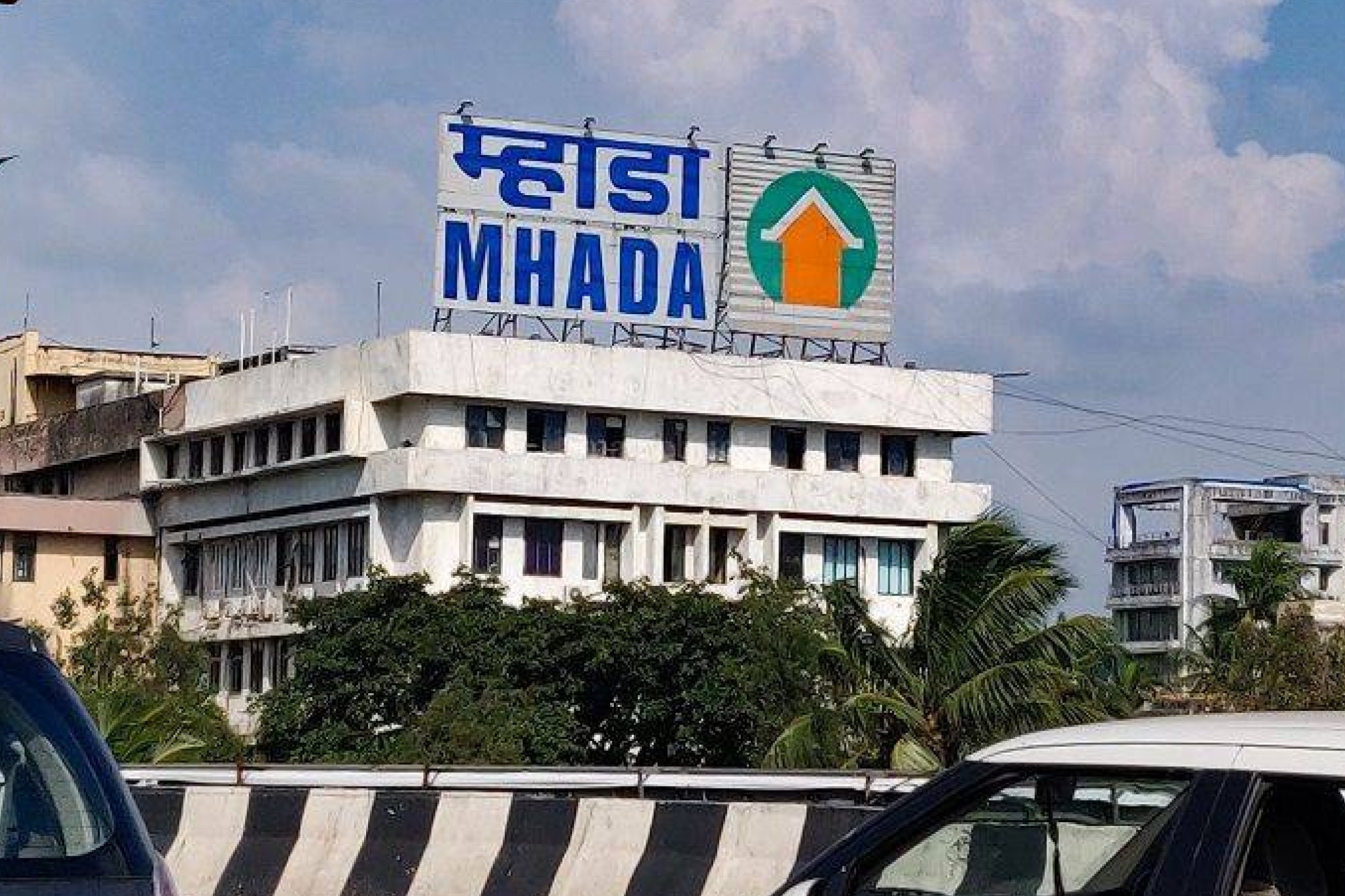
Maharashtra Fast-Tracks Kamathipura Redevelopment: 500 sq. ft Homes Approved in a Landmark Urban Renewal Push
The momentum for Mumbai’s long-awaited Kamathipura redevelopment has accelerated significantly, marking a crucial turning point for one of the city’s oldest and most challenging urban clusters. The initiative aims to deliver long-promised improvements in housing, safety, and urban liveability for thousands of residents.
The state government’s High-Power Committee has officially approved the technical and financial proposals submitted for the redevelopment plan, with IAS Sanjeev Jaiswal playing a central administrative role in enabling this landmark decision. This approval reinforces the state’s intention to modernize aging city clusters while ensuring dignified living standards for affected communities.
Major Upgrade: Residents to Receive 500 Sq. Ft Homes
A central highlight of the approval is the decision to provide 500 sq. ft rehabilitation homes to eligible residents, a significant upgrade from older norms. With redevelopment clusters across Mumbai often restricted to smaller carpet areas, this move places residents at the center of the transformation strategy. It promises greater comfort, healthier living environments, and long-term value creation for families residing in densely built, historic neighbourhoods.
The redevelopment will be carried out through a cluster-based model covering multiple buildings across Kamathipura. As per the government-approved plan, each participating structure will receive a Floor Space Index (FSI) allocation that ensures feasibility for both rehabilitation and sale components. Every eligible household is set to receive a 50 square meter (500 sq. ft) home as part of the upgraded rehabilitation package.
Shifting Policy Towards Dignified Urban Housing
his decision marks a broader policy shift aimed at elevating standards of urban housing. Most structures in Kamathipura are more than seven decades old, with outdated layouts, ventilation issues, and inadequate safety systems. The redevelopment effort seeks to replace these fragile structures with modern, resilient buildings that meet today’s fire safety norms, seismic guidelines, and infrastructure requirements.
The High-Power Committee’s detailed evaluation ensures the project’s financial sustainability and technical strength. This is particularly important in Kamathipura, where redevelopment has historically been hindered by complex land ownership patterns, tenant diversity, and varying stakeholder expectations.
Accountability Measures and Stronger Developer Vetting
Developers shortlisted for the project are required to demonstrate proven technical capacity, solid financial grounding, and a reliable track record. Earlier redevelopment attempts in the locality slowed or collapsed due to weak execution strategies. The current framework places renewed emphasis on accountability, milestone-based progress, and direct oversight by housing authorities.
Given the historical and social sensitivity of Kamathipura, phased redevelopment supported by regulatory clarity ensures that residents face minimal disruptions. Authorities have also prioritized transparent communication. Residents are encouraged to follow official MHADA channels for verified updates, reducing confusion and countering misinformation that often circulates during large redevelopment cycles.
Economic Impact and Long-Term Urban Transformation
The approval is not just a housing initiative—it is an economic and urban resilience project. Modernized clusters are known to enhance land values, improve mobility, and strengthen the surrounding business ecosystems. For citizens, the redevelopment offers safe, fully equipped homes at zero ownership cost. For the city, it contributes to service delivery efficiency, public health improvements, and overall urban productivity.
An important part of the approved proposal includes the reconstruction of 316 rooms across various buildings that have long exceeded safe structural limits. These aging structures pose safety risks to thousands of residents. Their replacement with structurally sound buildings exemplifies the project’s commitment to safety, durability, and humane living conditions.
Streamlined Governance and Next Steps
With technical approvals in place, the next phases include issuing administrative sanctions, beginning tenant verification, and initiating the relocation process. These steps require coordination between planning authorities, civic bodies, and housing departments. Streamlined governance ensures efficiency in implementation and greater clarity for residents.
The redevelopment blueprint also includes improved internal roads, better waste management systems, wider access routes for emergency vehicles, and community spaces. The redesign acknowledges the need for healthier public spaces in older neighbourhoods, where dense construction has historically limited airflow, light penetration, and sanitation systems.
Official Verification: Avoid Frauds and Unofficial Claims
As redevelopment moves forward, residents are advised to rely solely on official government platforms for authentic information and legally valid procedures.
Always verify information through official sources only:
• MHADA Website: https://mhada.gov.in/
• MHADA Lottery Portal: https://lottery.mhada.gov.in
No private website, agent, or video is authorized to register applicants. Any request for payment outside these official portals is not only misleading but unlawful.
Staying alert and following verified channels ensures residents remain protected from fraud and that every process complies with legally recognized guidelines.
A Milestone for Inclusive, Future-Ready Mumbai
The Kamathipura redevelopment represents a significant step toward an inclusive, reimagined Mumbai—one where legacy neighbourhood receive the same attention and investment as modern urban districts. By ensuring robust planning, credible execution partners, and community-centric infrastructure upgrades, the redevelopment is poised to transform one of the city’s most historic localities into a safer, healthier, and future-ready urban cluster.


